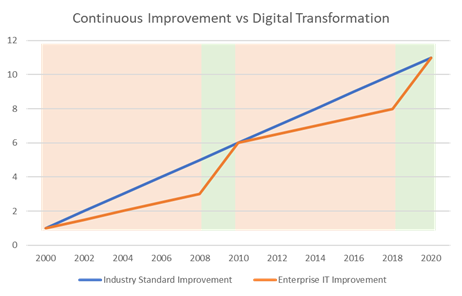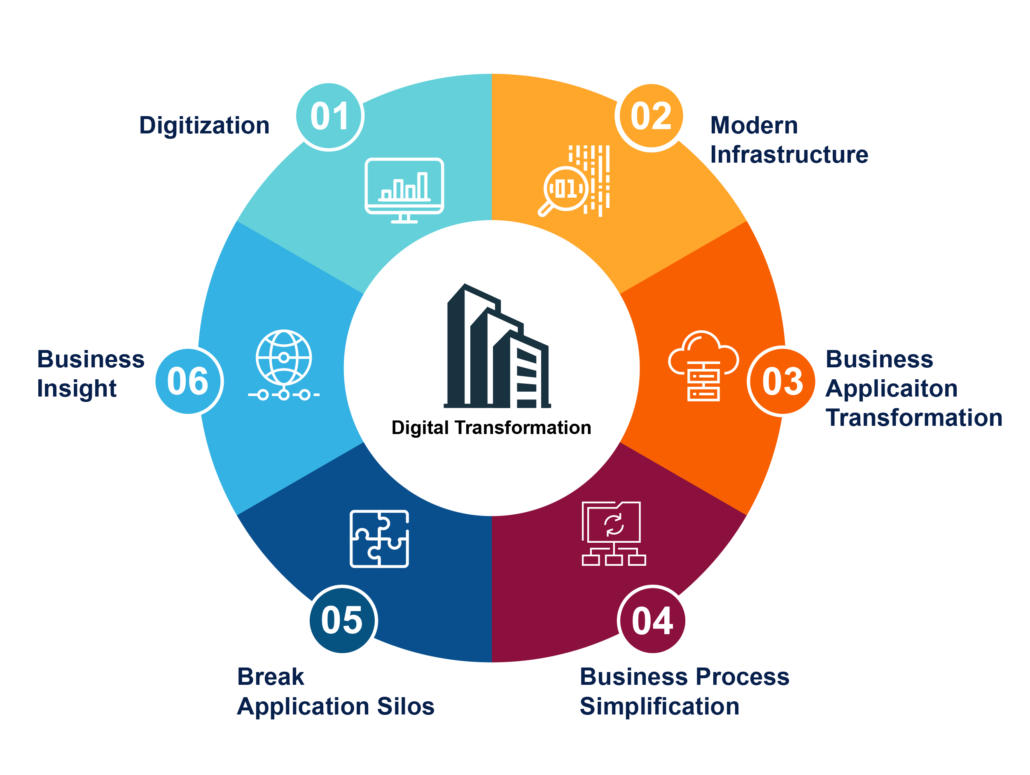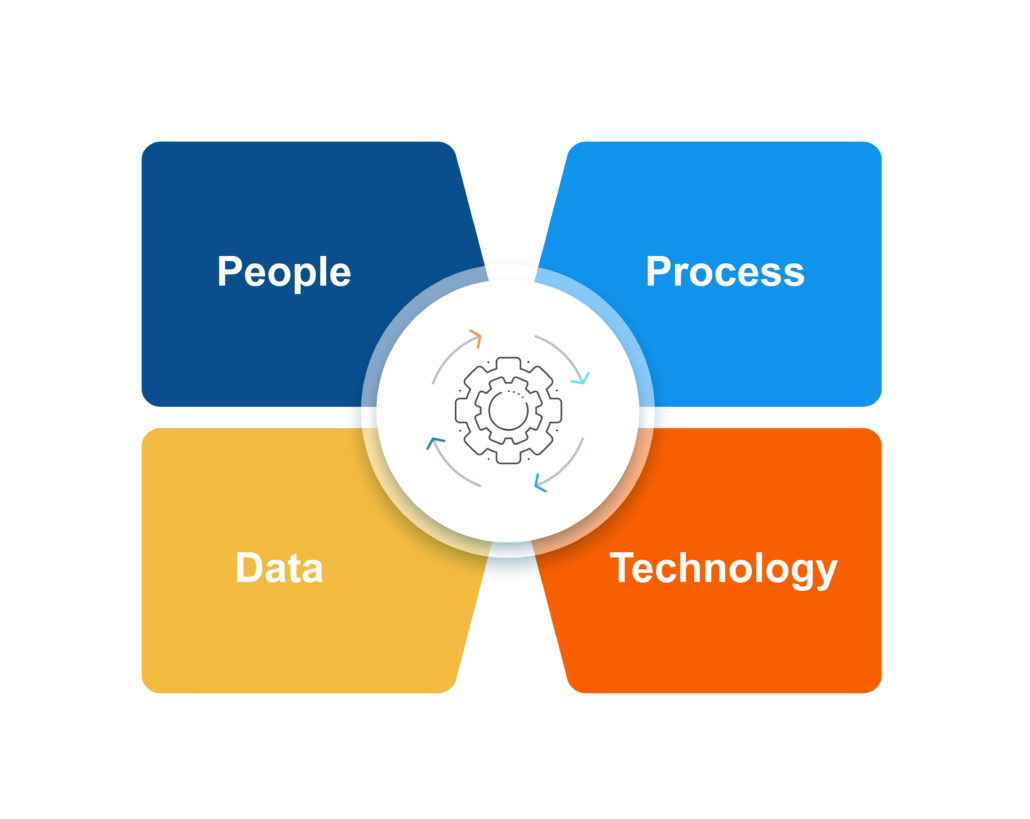
Maybe not, if the pace of IT improvement in your organization could catch up with your technology change and competitors’ level of excellence.
In the past few years, while riding the pandemic wave, we’ve seen major changes in human capital management with talent shortages and retention, a strong uptake in online shopping with shifting e-commerce ecosystems, and disruptions in supply chains causing organizations to face new business challenges and adapt new business models with a focus on operational excellence. Whether you start now or are eventually forced to leap, digital transformation will be on the agenda for major enterprises, competing to stay relevant in today’s ever-changing economy.
According to Gartner, the global ERP market will grow from an estimated $35.5B in 2021 to $50.9B in 2024, attaining a Compound Annual Growth Rate (CAGR) of 12.7%.

The first step to digital transformation is getting the entire organization to collectively think differently, prepare for change, and be on board with adapting new technologies and business processes. This is no easy task which must be agreed upon at all levels to move forward successfully.
With various ERP digital transformation scenarios to consider, such as SAP S/4HANA greenfield, brownfield, or migration options, a trusted partner with deep industry and domain knowledge will help define a solid roadmap that’s right for the organization and its overall business goals. Leveraging input from well-informed contributors and industry peers, as well as use cases, assessments, and PoC’s, is a must to show stakeholder value quickly.
The following are the sample KPIs:
The transformation goal must be a combination of industry standards and specific organizational requirements. Overall, the target will have priorities assigned and tangible expectations.

Digital transformation is a cyclic process, so there will be no final destination. Set the vision of transformation 1.0 and define the goal. The roadmap of transformation will be decided by your current state in the maturity model.
The transformation roadmap will be unique for every organization based on its current state. The graphic (above) shows an example of a typical transformation 1.0 cycle of an organization. Tie each step of the cycle with successful KPIs.
For a successful transformation, organizations will need to focus on the following areas:

People: Transformation will affect all corners of the organization, from leaders to users. People at every level must be convinced and welcome the change. The agility of the team is going to get a better solution in the end.
Process: Changing the long-running process is no doubt painful, but an improved process will make you forget it quickly. Improvements in KPIs will take the organization to the intended destination.
Data: Competitive business needs correct data at the right time to draw actionable insight. The goal of digital transformation will be to break the silos of multiple applications. It is not only about the ERP application data, but the system will also have to address the challenges of marketing, sales, social media, and other sources.
Technology: Cloud technology and a variety of SaaS applications available makes us like a kid in the candy store. Selecting the right technology will depend on out-of-the-box functional coverage and integration capability with other applications. By limiting customizations, IT agility can be achieved.
These are not the only considerations of digital transformation but should be addressed for a successful implementation.
“When digital transformation is done right, it’s like a caterpillar turning into a butterfly, but when done wrong, all you have is a really fast caterpillar,” George Westerman